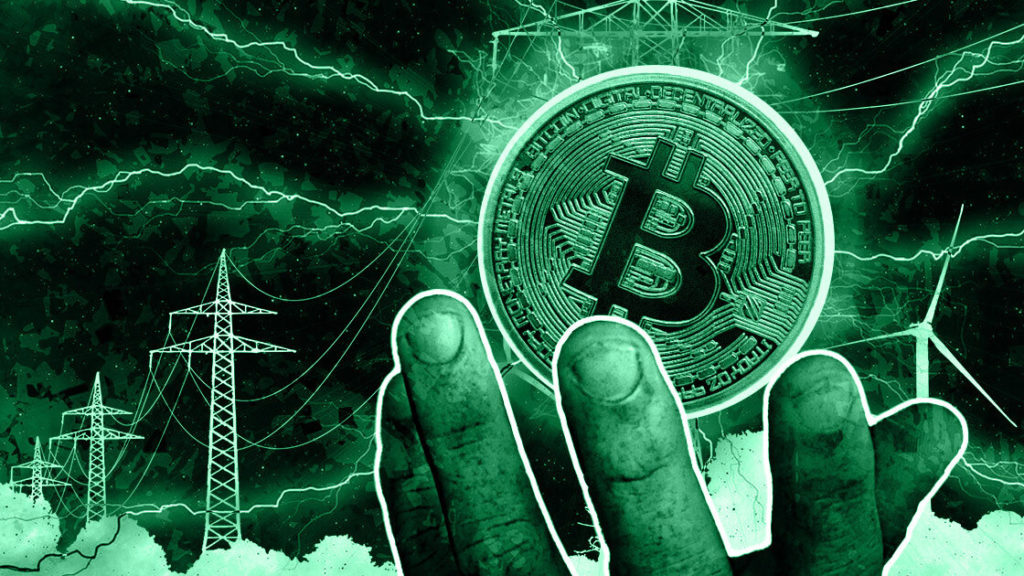The security of the Bitcoin network relies upon maintaining the hashrate, which is the sum total of the computing power assigned to mining for new blocks.
Markets do not panic if the hashrate drops because there is an in-built safeguard in Bitcoin’s code called ‘difficulty.’ If the number of network participants drops, so does the amount of power required to mine a block.
Further, Bitcoin difficulty hit an all-time high recently, and thus the amount of power required to mine a block increased.
Participation and revenue from Bitcoin mining are expected to rise over the next few years to hit $4.5 billion by 2026.
The cost per megawatt of energy for large Bitcoin miners such as Hut8, Greenridge, Hive, and Marathon ranges from $22 – $40.
Natural gas prices have been up 100% since December 2021, while the price of Bitcoin is down 25%.
Further, Hut8 states that in the risk factors attributed to their business model, “The Company may face risks of disruptions to its supply of electrical power and an increase of electricity rates.” However, they list several agreements in place, indicating that fixed-price contracts have been put in place to mitigate this risk.
Thus, it seems likely that the major miners who operate, in part, to help secure the network have fixed-priced energy contracts in place that will not put them at risk of bearing the increased cost of energy reported by the World bank.
Regardless, it would take a doomsday scenario for Bitcoin miners leaving the network to have any real impact.
Natural gas prices were currently at the highest level since the creation of Bitcoin, yet in 2008 the price was 100% higher than it is now.
None of the information you read on CryptoSlate should be taken as investment advice, nor does CryptoSlate endorse any project that may be mentioned or linked to in this article.
CryptoSlate is not accountable, directly or indirectly, for any damage or loss incurred, alleged or otherwise, in connection to the use or reliance of any content you read on the site.
